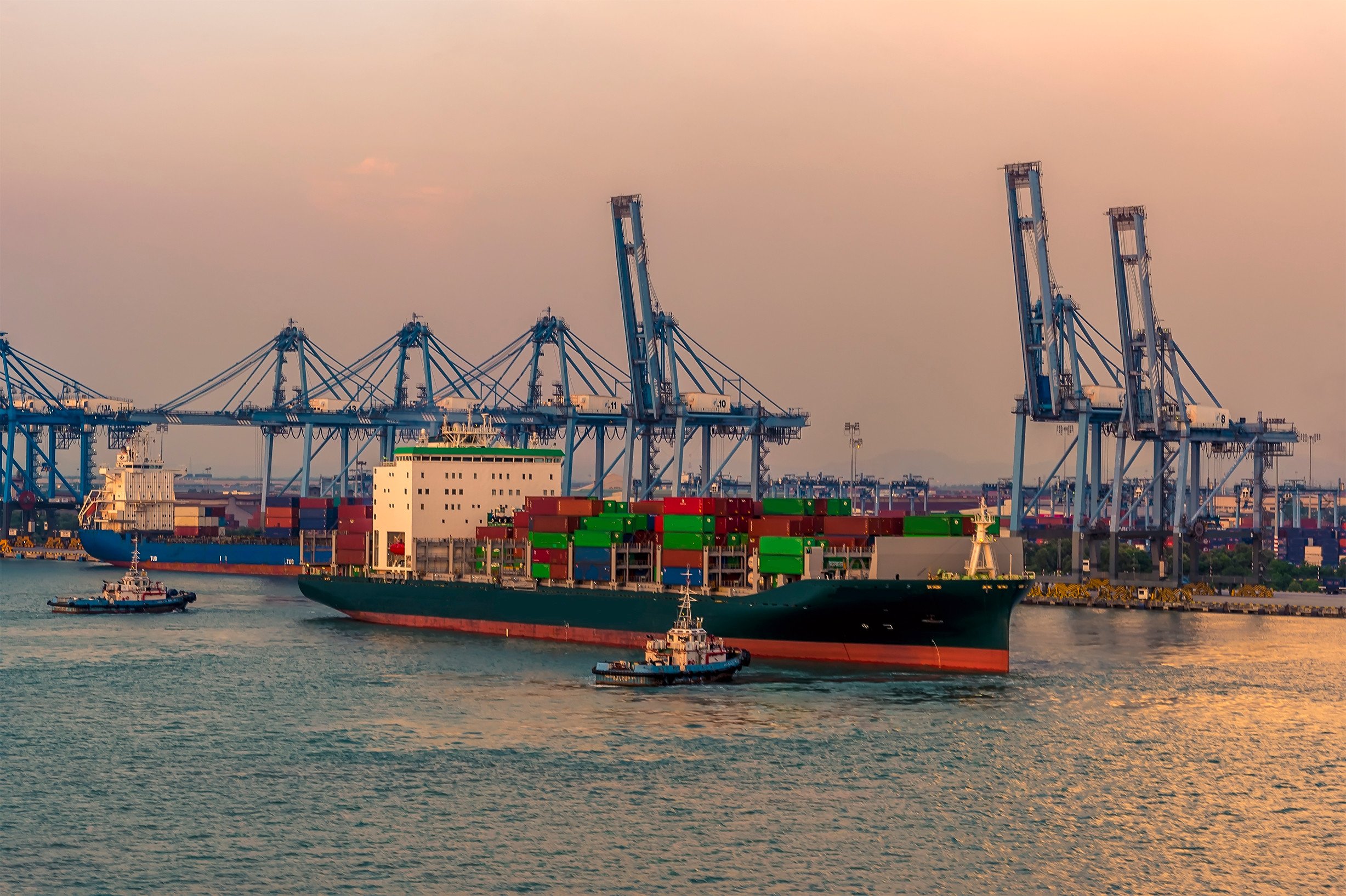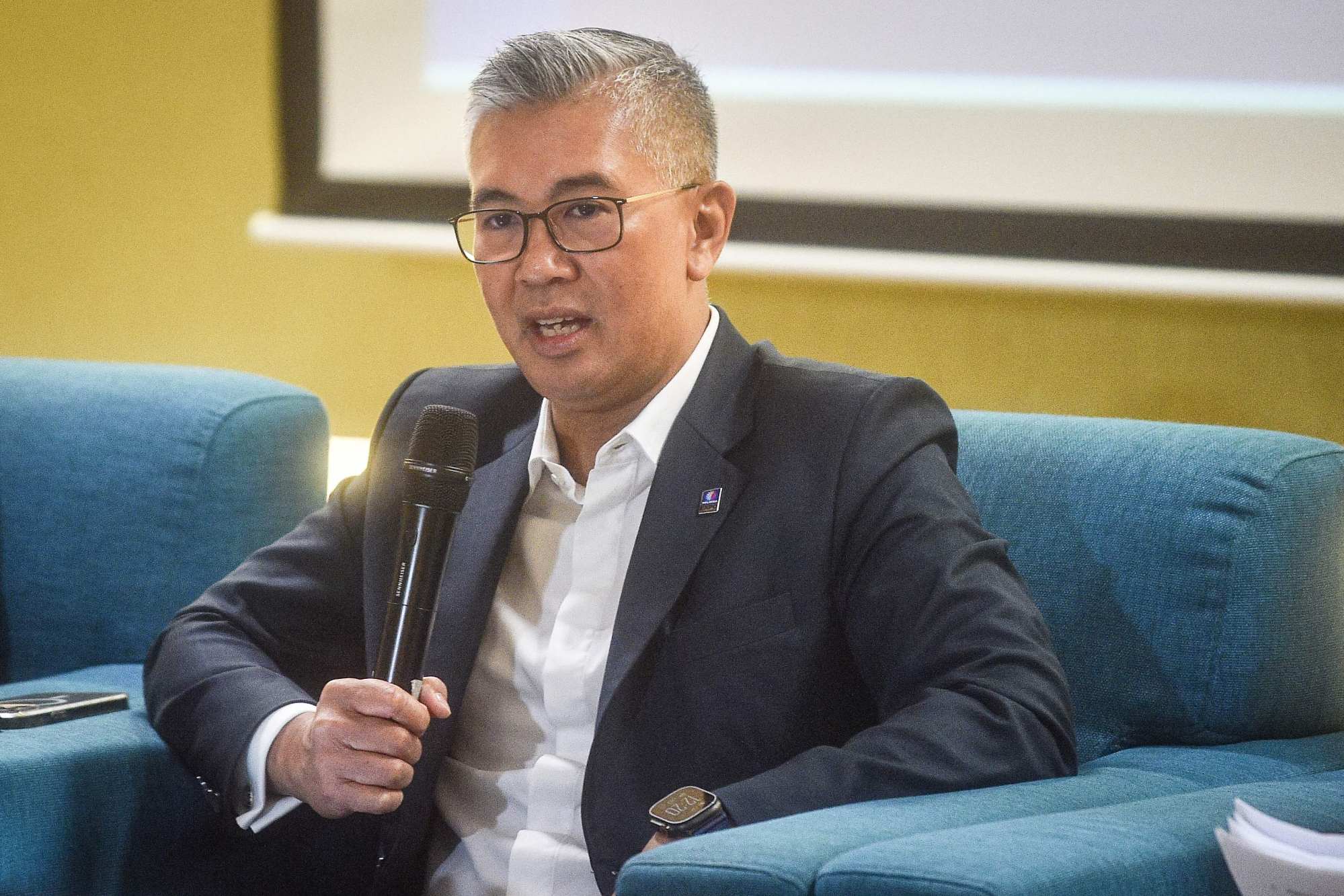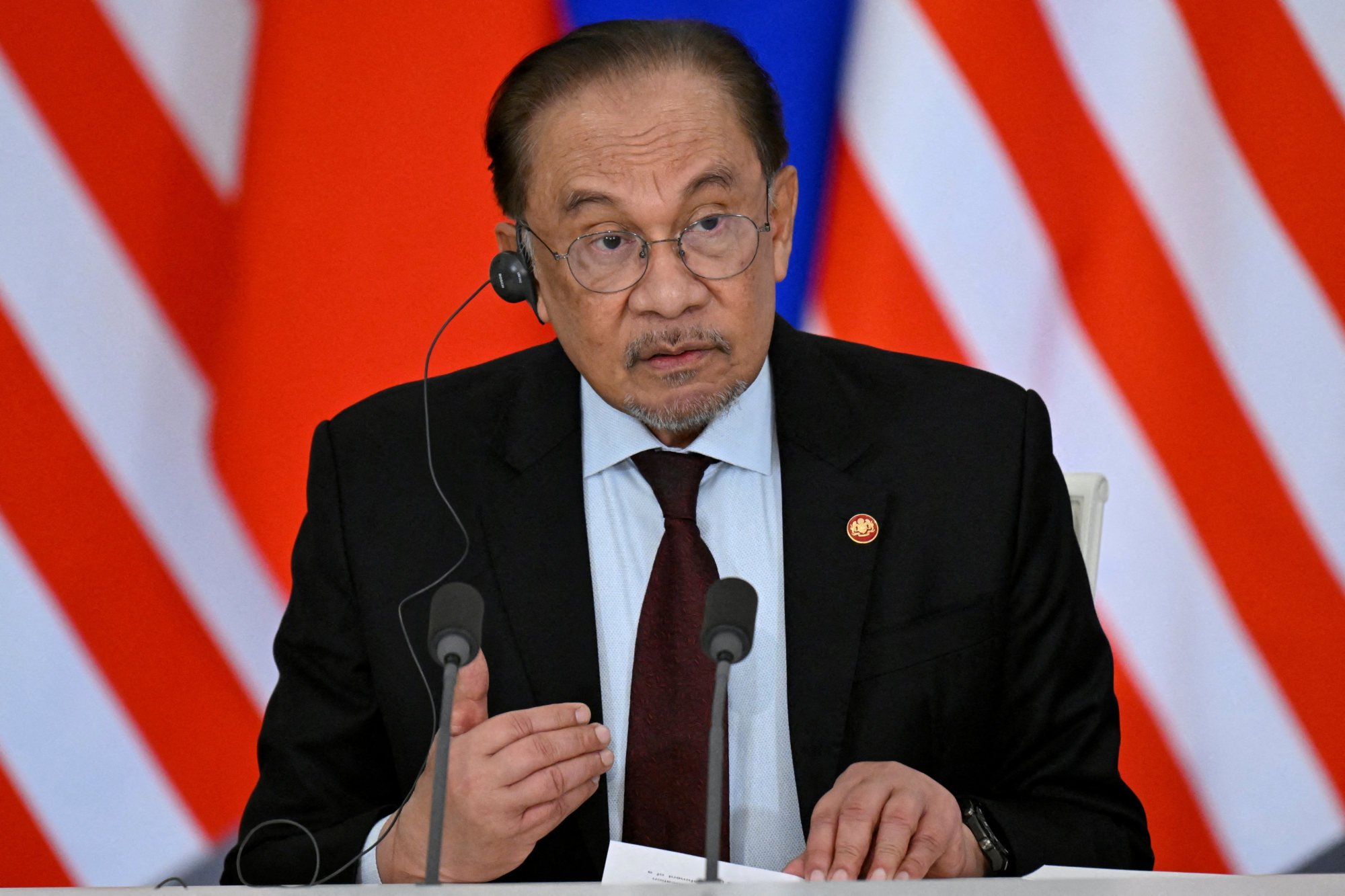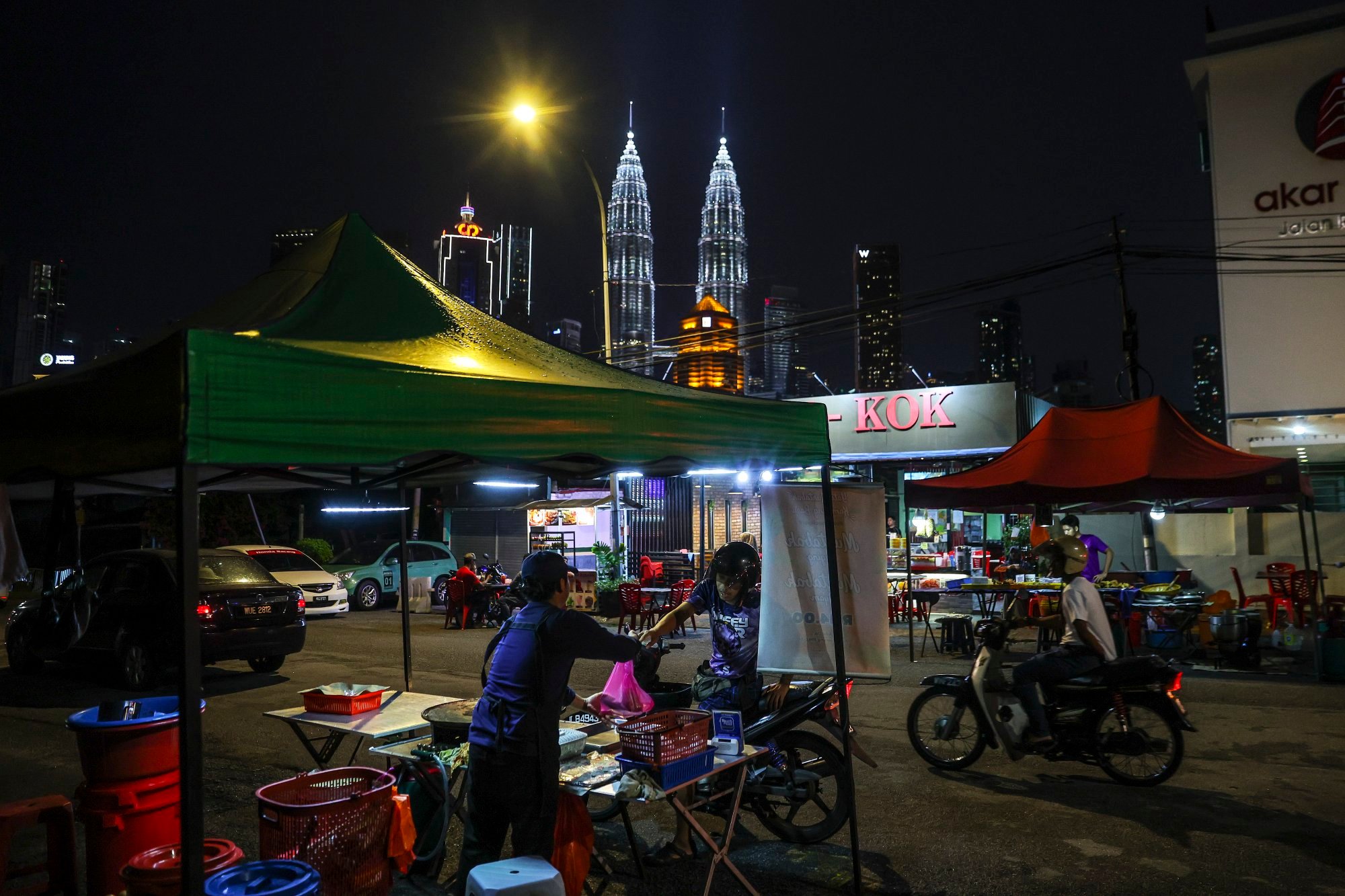Preparing Malaysia’s toolkit to weather Trump’s tariff storm
Malaysia should push out relief measures to mitigate possible fallout from Trump’s tariffs even as trade talks continue

Malaysia has made decent progress in the first 30 days of US President Donald Trump’s 90-day pause on his “Liberation Day” tariffs.
The country’s delegation to Washington, led by Minister of Investment, Trade and Industry Tengku Zafrul Aziz, met US officials on April 24 to exchange viewpoints. Apart from tariff-exempted semiconductors and pharmaceutical products, Malaysia’s exports to the US bear the blanket 10 per cent levy, but the spectre of a maximum 24 per cent hangs until both parties reach an agreement. The economy may well avert a steep descent, but Malaysia should prepare its toolkit to face possible fallouts.
Malaysian Prime Minister Anwar Ibrahim convened parliament on May 5 for a special session on the tariffs. His speech to the Dewan Rakyat underscored the priority of negotiating with the Trump administration. Later that day, Zafrul conveyed the White House’s chief contentions: the trade imbalance, US technology security, Malaysian investment in the US, transshipment of US-bound goods through Malaysia, and non-tariff barriers (NTBs) such as halal certification, foreign ownership limits and bumiputra equity requirements. The specifics of the negotiations remain fluid or embargoed by non-disclosure agreements, but Malaysia will assuredly address these sticking points, perhaps padded with imports of American products such as Boeing aircraft.

Global economic uncertainties require governments to secure the people’s trust. While the deal-making commences, the Anwar administration is laudably reporting on progress as it keeps faith with “domestic economic resilience”.
Anwar’s speech emphasised the central oversight role of the National Geoeconomic Command Centre, and forthcoming efforts to buttress exporters, especially small and medium-sized enterprises (SMEs), through RM1.5 billion (US$349 million) allocations for credit guarantees and development finance. The assurance of the highest-level coordination and commitment of new resources to support the affected sectors should allay anxieties, but more details will boost confidence.
Anwar also committed to accelerating the pursuit of regional cooperation and new markets, most saliently the Asean Power Grid, Johor-Singapore Special Economic Zone, infrastructure along the Malaysia-Indonesia border in Borneo, and engagements with the European Union, South Korea, Japan and the Gulf Cooperation Council.
Malaysia has previously leveraged exports to buffer economic shocks, and can draw on its experiences during the global financial crisis and Covid-19 pandemic, when trade surpluses hit RM172 billion in 2008 and RM178 billion in 2021 respectively.
This time round, however, Malaysia may find it harder to export itself out of trouble. The current brewing crisis stems from the US barricading its borders, causing multiple countries to seek alternative markets. These conditions preclude an export surge as a swiftly deployable remedy. Nonetheless, trade and investment agreements should be pursued with resolve, emphasising mutual gains over trade surpluses.

Anwar, however, has drawn the line at making compromises on bumiputra policy, protection of strategic sectors, and vendor development – matters too sacrosanct to be conceded. That has helped pre-empt attacks from the opposition Perikatan Nasional for not defending Malay and national interests. Nevertheless, Malaysia could opt to make tactful, ad hoc exceptions.
As Malaysia waits for a US trade deal resolution and clarity on global conditions to finalise decisions on fiscal reform and tax relief, it can consider proposals raised during the parliamentary debate, such as tax breaks for SMEs and deferring petrol subsidy rationalisation and higher electricity tariffs.
Still, determining the distribution of assistance, whether targeted at the worst-affected or availed across the board, will depend on whether the Trump tariff fallout affects particular sectors or the overall economy. A coherent response should also distinguish relief measures to help businesses and households stay afloat from stimulus measures to spur growth or business transitions (measures announced so far mainly address the latter).
Malaysia’s pandemic experience offers guidance for its toolkit, particularly on relief provisions. In 2021-22, it bolstered existing programmes such as cash assistance and deployed emergency interventions including tax breaks and loan or rent moratoriums. Malaysia will probably not need to summon the full range – the economic shutdown of 2020 was greater than foreseeable circumstances in 2025 – but the groundwork can start.
The Employment Insurance System (EIS), which provides income and job search benefits to the unemployed, stands out as a previously underutilised programme that can be invigorated. In April 2020, when the number of unemployed increased by 170,000, only 6,000 sought out the EIS. Promoting awareness of the EIS to its 7 million members could expand future take-up rates.

Malaysia devised new modes for mitigating unemployment, especially the wage subsidy, which protected jobs by covering part of the wage cost for financially distressed employers. In practice, the wage subsidy was granted automatically for micro, small and medium enterprises; authorities lacked the time and resources to evaluate applicants’ financial status. In the latter stages, the subsidy was designated for the tourism sector, which remained closed while other sectors began to reopen.
Should the Trump tariffs inflict economic loss, the Malaysian government might again be time-pressed to assess adversity levels before dispensing the wage subsidy or other aid and hence may need to designate beneficiaries by sector or supply chain. In preparation, businesses’ databases, especially those of US-concentrated exporters and their supply chains, could be consolidated to expedite targeted assistance when needed.
Malaysia has held steady in these testy times, but there are potential ways to get a better deal. Disclosures of the US-UK agreement indicate Washington will keep a hardline stance on the 10 per cent tariff, but important American consumer goods and manufacturing inputs, such as cars, steel and aluminium, may get waivers. Malaysia will want to emphasise the analogous qualities of its flagship semiconductor exports to retain their non-tariff status, as well as others like furniture, for which the US is a major market. Tightening regulations on technology security and transshipment, and addressing NTBs will help gain goodwill. But with the outlook staying unpredictable, Malaysia should gear up for potential tumult ahead.
Lee Hwok-Aun is Senior Fellow of the Regional Economic Studies Programme, and Co-coordinator of the Malaysia Studies Programme, ISEAS – Yusof Ishak Institute. This article was first published by ISEAS – Yusof Ishak’s commentary website fulcrum.sg.